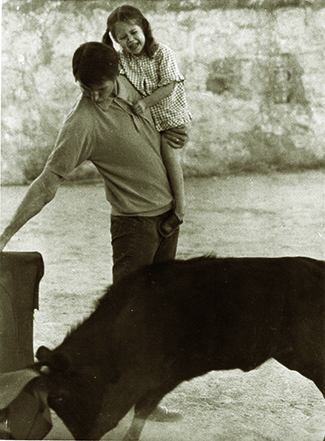
Jim and Blair
My father is a bullfighter. I grew up in Spain and Latin America due to this passion of his. Though I have suffered for it, I would not trade the journey for the world. I have learned to embrace it as part of who I am. I am a bullfighter’s daughter.
I was born in South America. My parent’s indulgence of their passions set my fate. Though they both are products of the American Southwest they both share the spirit of the wanderer. My mother was intrigued by Latin America, and my father by bullfighting. My father went to an elite international business graduate school and was given a job that would put him, my mother and his offspring on a magic carpet ride as the functionary of a global corporation. However, business has never been—for as long as I have known him—my father’s truest and deepest passion. That passion is bullfighting. It is what I most remember him doing, and it is what I have seen drive his soul.
One of my earliest memories of him is shown in that photo above. What do you see? A crying little girl in a man’s arms while he seems to be going through some bullfight moves with a calf? Yes. Does the girl look frightened? Shocked? You may assume that I hated being there and wanted him to put me down and get me out of that ring. I was crying because my clogs had fallen off and I was convinced the calf would eat them. I kept crying “Mis zuecos, mis zuecos! El toro los va a comer. Yo quiero mis zuecos!” (Mi clogs, my clogs, the bull is going to eat them. I want my clogs). I actually felt very safe in my father’s arms in the middle of that bullring. I can recall my only concern was about my shoes and what I perceived as the calf’s appetite for them.
Fast forward about 30 years—years that saw me move from South America to the United States, finish school, return to South America where I temporarily attended medical school, only to return to the US again, start a career, get married, and have a child. Throughout, memories of bullfighting stayed with me. They were how I remembered my father, even after he and my mother divorced. Memories of bullfighting and the knowledge that it was what drove my father in his core is how I relate to everything about my father. Bullfighting is who he is, what he is. And my childhood experience in the ring stays with me and—I think—inspires me in odd ways. One doesn’t have an experience like that with a man like my father without taking something lasting from it.
In 2008 I traveled with my husband and then four-year-old son to see my father. He had planned a tienta (that is what you see in the picture above). It is an afternoon of using capes on some calves, and evaluating them as breeding stock for the mature bulls who face the matadors. I recall that day spending the afternoon outside the ring, watching my father and passing him his capes and other implements as he maneuvered around testing the calves for spiritedness; serving a role I never thought I would, almost surprised at how after so many years I still understood the process and what he wanted. I recall standing just outside the ring by his collection of capes and swords, feeling the sun beat against my back, watching whatever calf he happened to be fighting and talking to him about its strengths and weakness. A silence came between us as we watched a friend of his enter the ring and make a few passes. Memories of my childhood at the numerous tientas I attended with him went flitting through my mind. Suddenly, he looked over his shoulder at me.
I anticipated what he was going to ask. It was what I had hoped would happen. He turned to me and asked if I would let him carry my son into the ring with him. I felt a wave of excitement rise inside of me. I was delighted. As I had watched my father move around the ring that day I saw there was still a grace in him that shone through anytime he was in any ring. I was so excited about giving my son the chance to partake in it that I was about to say, “Yes! Yes, of course!”
Then, I stopped.
I suddenly remembered I was married and this was not a choice I could make for my son without my husband. Even though my whole body was saying, “Yes, this has to happen,” I told my father I had to ask my husband how he felt about our son joining him in the ring.
I ran to look for my husband. When I found him I looked him in the eye and asked, “Can my father take him into the ring?”
Silence.
My husband looked at me for a moment and asked what I thought. I told him that I thought it was perfectly safe. That it was something I really wanted to see happen.
Silence.
“I trust you to make the right decision,” he finally said to me. We stared at each other in a moment of silence. I could sense just how foreign this was to him, I knew that he had not grown up this way in the towns in Austria and Germany where he was raised. I knew he was worried but I understood that he knew I was going to go through with it. I accepted his consent as an unbelievable gift of trust.
Without a second thought I picked up my little son, who was playing in the horse barn with a small cape my brother had given him, and carried him toward the ring. My husband walked next to us. I was whispering in my son’s ear that I was going to hand him over to “cowboy grandpa” and that he was going to get to do something that I got to do when I was his age. I told him it might be scary and he didn’t have to do it and to tell me what he wanted. He seemed intrigued—excited, even.
The three of us arrived at the fence barrier. I held Squink close and kissed his cheek, then handed him over to my father. I whispered a prayer as I watched him in my father’s arms as they made their way to the center of the ring.
I could tell right away my little boy felt just as safe in those same arms that had held me. I could hear him tell my father to “Get him! Get him!” as he leaned forward to get a better look at what was happening between my father and the calf. He seemed completely at ease in the situation, and I recalled feeling the same way 30 or so years before while being held in those same arms. While my son would never be distracted by potential harm to his footwear as I had been all those years before, understanding the sense of feeling safe in a new experience is a good thing and it is so delightful that we will forever share that experience.
My husband and I stood at the side of the ring, and I was joyful at watching my father hold my son in the exact same way he held me at that age. And I wondered if my father’s motivating passion—the enthusiasm that drove him to move to Spain, and Central and South America, and that had determined so much of my life and the lives of the others in my family—would be transferred in some way to this latest generation. Perhaps my son will not end up donning a suit of lights at a bullfight, but the power of my father’s passion for it might help drive my son through a life as interesting as his grandfather’s.
Blair Schweiger lives in Scottsdale, Arizona.
This excerpt is from Ole!: Capturing the Passion of Bullfighters and Aficionados in the 21st Century available on Amazon here.
Bullfighting all but disappeared from the news and sports pages of America and other countries some fifty years ago. Champions of bullfighting such as Ernest Hemingway and James Michener are no longer available to tell its story. And so it has fallen largely on the aficionado to bring the story of bullfighting into the 21st century. That is the aim of Olé: Capturing the Passion of Bullfighters and Aficionados in the 21st Century. Among the contributors are Edward Lewine, author of Death and the Sun: A Matador’s Season in the Heart of Spain; Ernest Hemingway’s grandson John Hemingway, author of Strange Tribe: A Family Memoir; Michael Wigram, co-founder of 6Toros6, perhaps the most widely-read bullfighting journal in the world today; Alexander Fiske-Harrison, author of Into the Arena: The World of the Spanish Bullfight, Madrid-based journalist Bill Lyon, and Joe Distler, among the most renowned of all Pamplona runners. The book features more than 300 photographs, most in color. Among the contributing photographers are Nicolás Haro, Jim Hollander, Mark Mecalis and Ric Polansky—all of whose work should be familiar to fans of the corrida de toros.
Get an Editorial Review | Get Amazon Sales & Reviews | Get Edited | Publish Your Book | Enter the SPR Book Awards | Other Marketing Services



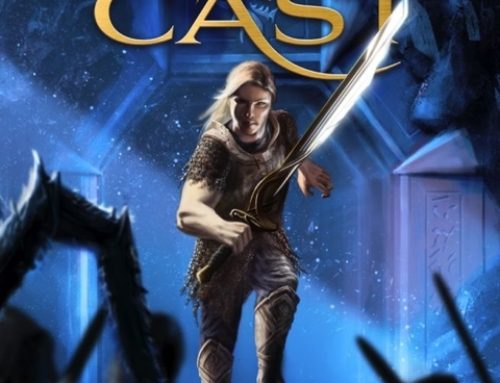
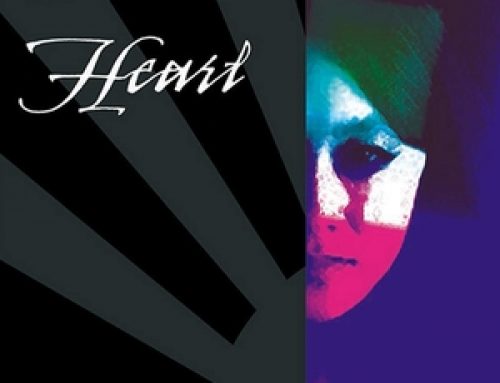
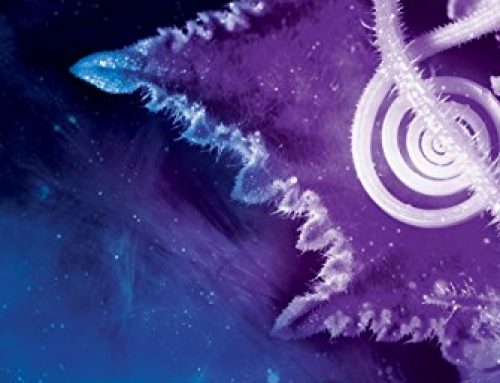
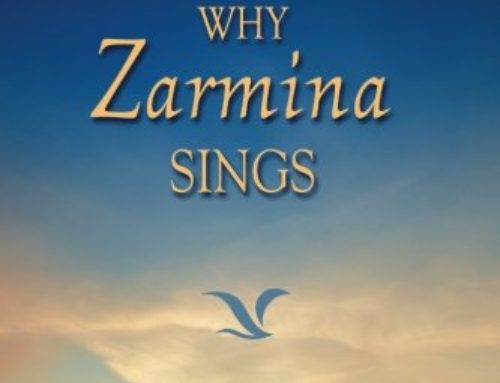

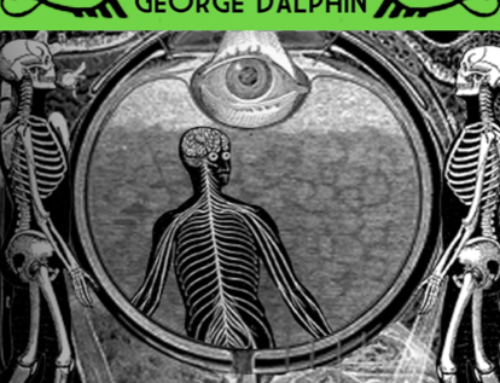

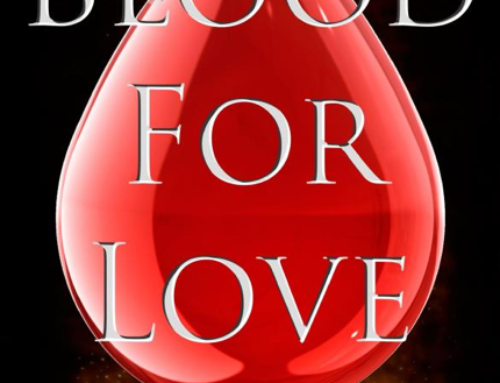
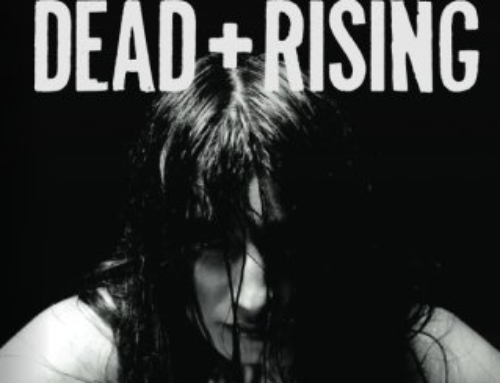
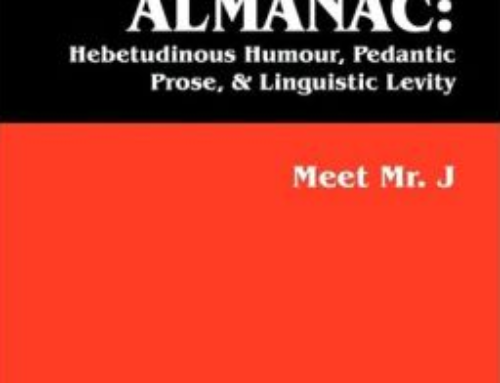
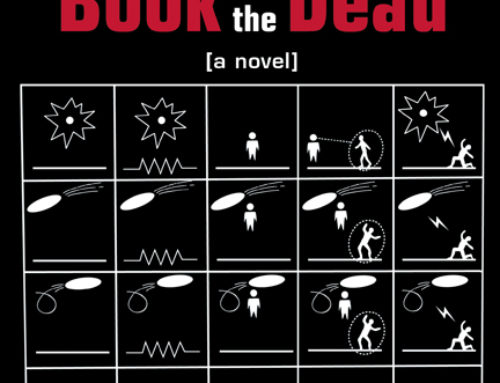
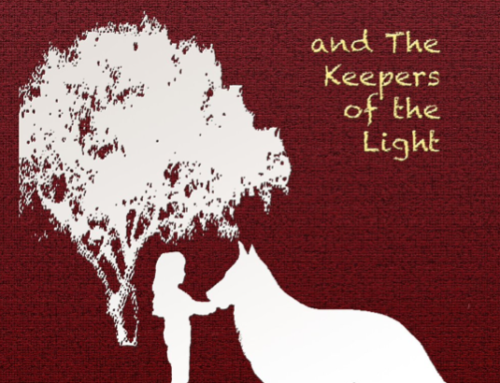

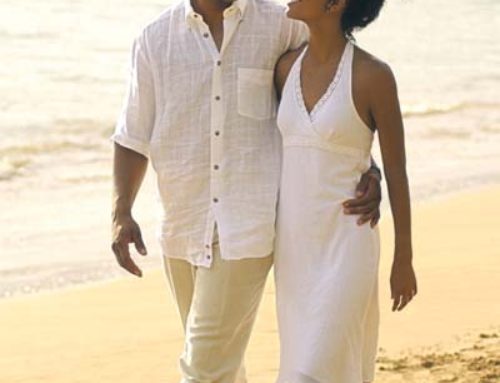
this is a beautiful memoir. thank you Blair Schweiger.